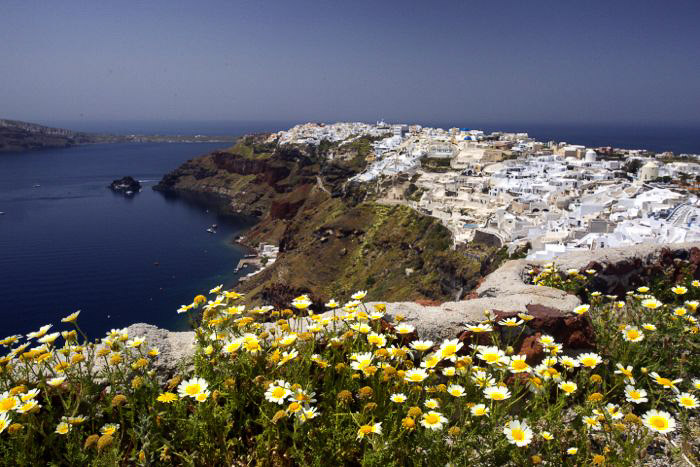


From sunrises and sunsets to capture the movement of water in a waterfall or river. A sturdy tripod is required in almost all situations of landscape photography to get sharper images. Reduce the movement of your camera with a remote shutter (or at least use the function of your camera to shoot with delay). Also, try to choose a tripod that can keep the weight of your camera. Always bring with you, landscape photography requires a perfect sharpness, and only with a tripod, you will get it. One of the basic gear you already probably know is a tripod. Read our blog to find more info about it, we not will stop to talk here about cameras. This gear is something essential that you must bring for your landscape photography: Don’t leave home without them. Essential gears for landscape photography Subscribe now to our newsletter, and we will send you the link to our book as soon it’s ready.
#BIG APERTURE LANSCAPE SOFTWARE#
But also edition tips, as panorama merging, with Adobe software to improve the quality of your pictures. From research world locations & artists to follow, to guide lines for composition & perspectives. And if you are an advanced landscape photographer, this post will bring you new ideas and reinforce your knowledge.Ĭome back soon, we are preparing a free guide book to learn all about landscape photography. If you are a beginner photographer this post will help you to introduce to one of the most popular categories of photography. In this article, you will find helpful information about the most important aspects that a landscape photographer needs to know (and master).
#BIG APERTURE LANSCAPE UPGRADE#
But only the practice and repetition will make that your photos upgrade with time. The basic techniques can be easily learned and will help you to improve your skills to capture great landscape photos. While we can get the maximum or minimum depth of field by working at each end of the aperture range, sometimes we want a more intermediate level of depth of field, limiting focus to a specific range of distances within the overall photograph. One way to do this is to choose a mid-range f/stop, like f/5.6, and shoot a test frame. In image playback, use the magnifying function of the LCD to zoom in and check the depth of field make adjustments if necessary and reshoot.Landscape photography is a passion that requires patience & planning. When choosing lenses for landscape photography, we usually want to see as much detail as possible from foreground to background we want to achieve the maximum depth of field by choosing a small aperture (higher f/stop, like f/8 or f/11). This helps direct the viewer's attention to the subject.

Aperture for Portraitsįor classic portraiture we separate our subject from the surroundings by using "selective focus." Choosing a large aperture (lower f/stop, like f2.8) creates very shallow depth of field with only the subject, or just a portion of the subject, in focus.
#BIG APERTURE LANSCAPE HOW TO#
Now that we know how to control depth of field, what determines the choices we make in selecting the aperture? We use focus and depth of field to direct attention to what is important in the photograph, and we use lack of focus to minimize distractions that cannot be eliminated from the composition. While there are no rules, there are some guidelines for selecting Aperture priority.


 0 kommentar(er)
0 kommentar(er)
